The king is here: 3 rules of effective pop-up

Internet marketers are sure that site visitors hate pop-ups, so they categorically exclude this lido-generic tool from their practice. The data that pop-up windows increase conversion by an average of 30% looks like statistics from behind the looking glass. But it is a reality. And if you hate pop-up, then you just do not know how to configure them. We will tell you when the “capture” window should appear, what to write in it and how it should look so that you become the king of pop-ups and a sliding moon gait bypassed your competitors.
Immediately warn: with statistics pop-ups is not so simple. Yes, you will increase the conversion rate, but at the same time, the bounce rate will increase and the length of time spent on the site will decrease. Therefore, first determine what ratio of these metrics is uncritical for you. One British blogger studied the effect of pop-up windows on the conversion of a subscription to his newsletter for 50 days. And got the following results:
Increase conversion - plus 44, 7%
The bounce rate is plus 9.02%
The duration of stay on the site - minus 9.29%
However, he noted that the presence of a pop-up did not affect the behavior of regular readers of his blog.
For himself, the blogger has decided that he will continue to use the pop-up.
')
Acceptance window
The availability of pop-up generators on the Internet greatly simplifies the work - you don’t have to write a script yourself. But you can make it even easier. Depending on the type of contacts you collect (email or phone), use the window scripts of those platforms where contacts fall into for further work.
For example, the SmartResponder platform offers its pop-ups, after which the transmitted email gets into a specific database in the company account. Installing a pop-up is extremely simple: choose the type of pop-up window, customize the view, copy the code and paste into your website. A similar scheme for callback services that collect phones.
Three rules of great pop-up
Pop-ups interrupt our interaction with the site: they do not appear on time, they offer not what we need, some of them cannot be closed at all. Well, the formulated problem is already half of its solution. Obviously, an effective pop-up must meet three requirements:
be timely
content relevant,
you can close it.
It would seem that everything is clear with the “close” condition: place a well-marked cross in the upper right corner. Only in this way, and no phrases like "No, thank you." This reduces conversion. And offers like “Enter email and we will send you a new book on marketing” - “No, thank you, I’m so smart” humiliate the audience and cause hostility towards the company.

We will dwell on the other two conditions (timeliness and relevance of the message) in more detail and consider pop-ups from the practice of callback-services - they do not require, as in the case of collecting emails, email marketing activities, they also collect leads (in this case, phones) and offer all possible appearance scenarios.
When to open a window
The most important thing in a popup window is when it appears. Consider several scenarios for pop-up to the “stage”.
Catch a customer at the entrance
Platforms offer to set the time when the pop-up should appear after the client has entered the site. With a period of less than a minute, this scenario of all possible is considered the most unfortunate, because clients have not yet figured out where they went and what they can get from you. The case of one overly obliging callback service, a pop-up of which appeared in the first seconds, became a textbook example of how not to collect leads. The online community tortured by this pop-up created a meme with an extra yellow button. Because clicking on "Yes" or "No" caused a series of other pop-ups, specifying this choice.
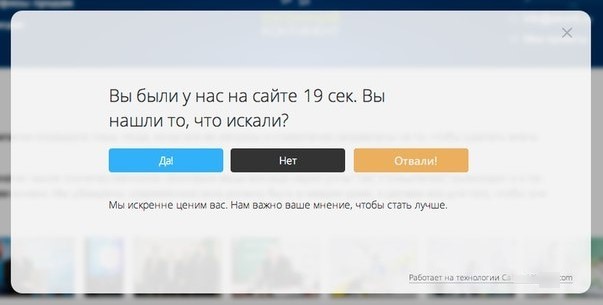
Catch those who seek
Scrolling the page by 50-70% is one of the most optimal triggers for pop-up. Scrolling already says that your site is being studied. Moving from one page to another will further increase the confidence that your site is interested. And here it is important not to delay the moment of the pop-up appearance. In principle, the transition to the second page is already an occasion to engage in dialogue with the client.
The more relevant the message on the pop-up, the more chances to get the number from the client. Ideal when the content matches the section on which the client is located.
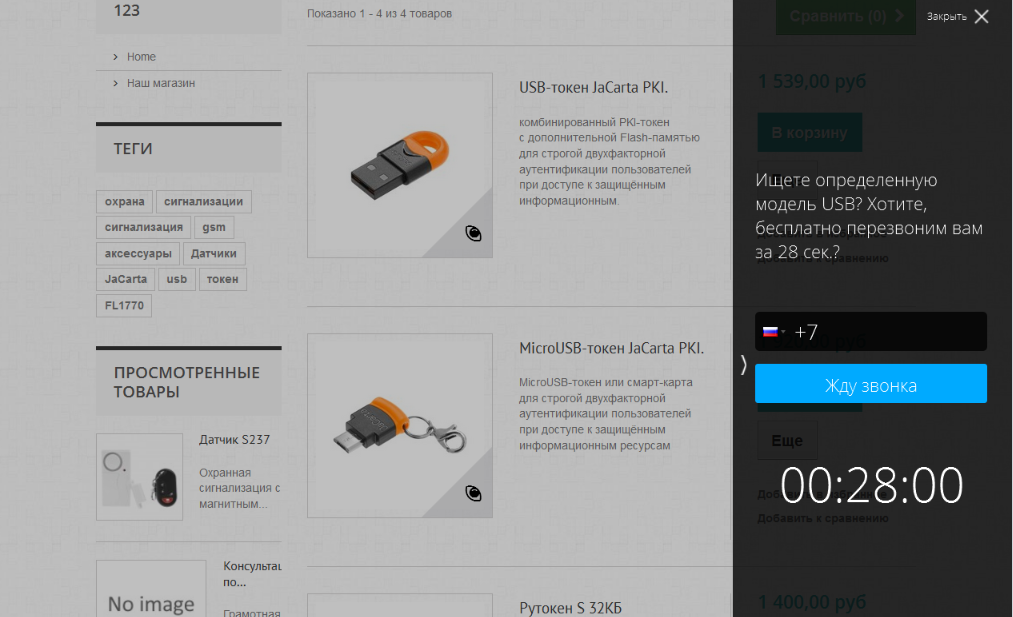
Catch customer exit
Exit-intent is a great script, but so rarely used by Russian companies. And in vain! Thanks to him, marketers of the resource WP-Beginner increased the conversion rate of visitors into leads by 600%. The callback platform system is able to track the movement of the cursor. And when the client is going to close the tab with the page, a message appears. In order not to cling to a client who came by chance and immediately runs away, the platform allows you to set the time after which this script can turn on. For example, Google Analytics shows that the average time spent on your site is 4 minutes. Start timing for 3 minutes (180 seconds) in the “Catch a client at the exit” scenario, and only those who leave after 3 minutes of stay will fall under its action.
As in the previous version, the content of the pop-up should be approached responsibly. Promotions, trial versions, test drives, free delivery are good arguments that can stop customers on the threshold.
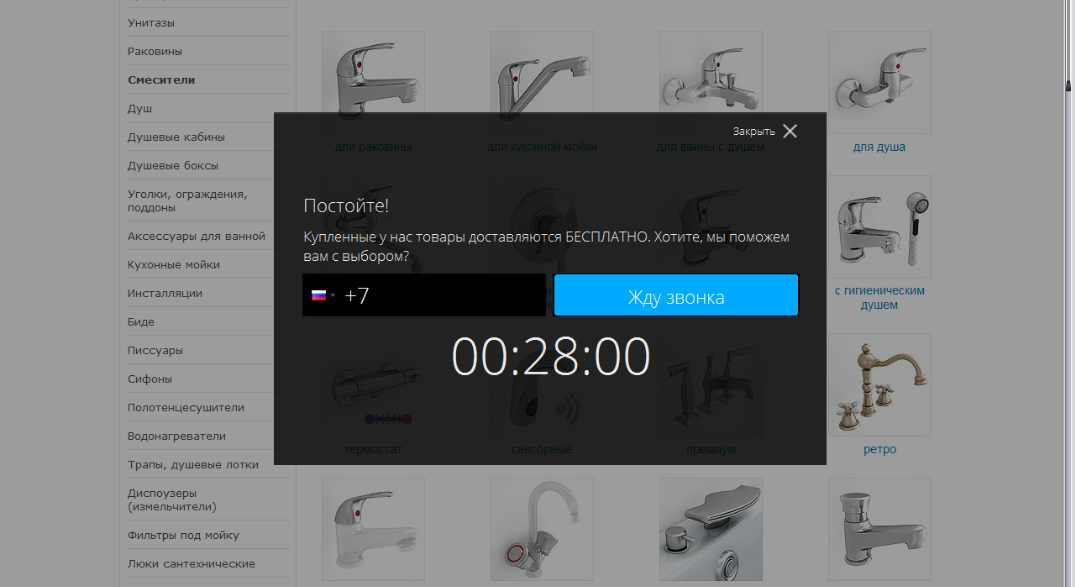
Catch those who came back
The return of the client - the surest sign that you are interested. If before that you were holding back your pop-ups, now is the time to deploy them and show your interest to the client. Again, do not do it in the first minute. But on the second you can already enter into a dialogue and show that you have noticed a return. Bonuses and discounts in this case can be omitted, because the client has already caught something, since he has returned. It remains to offer an operational method of communication, because he probably had some questions.
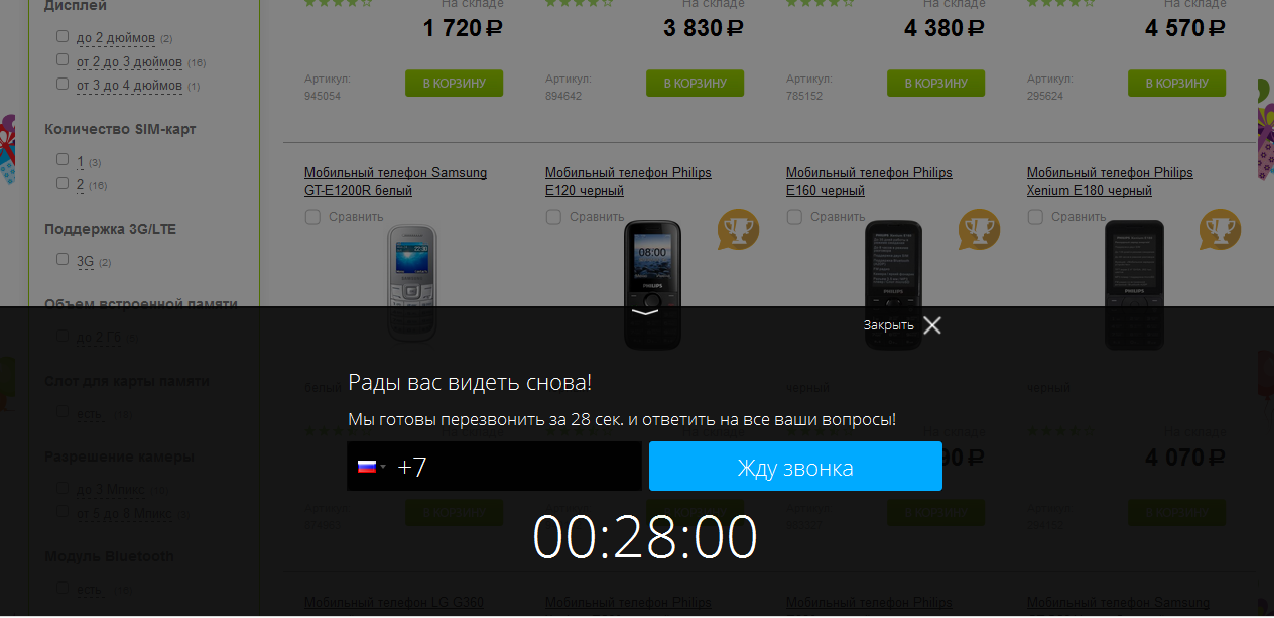
Place for pop-up
Traditionally, the pop-up appeared in the center of the page. But callback services offer many other options:

The choice of location depends on the site structure, but the most common are “Center” and “Right”. The central ones capture attention better, especially if you enable the “overlay” option (darkening around the pop-up), so it is more expedient to use them at critical moments, for example, when the client is ready to leave the site. The popularity of the location on the right is explained by the fact that users are mostly right-handed, and the mouse cursor is most often located on the right side of the screen.
If windows with different appearance scenarios offer different bonuses, marketers should notify sellers about the content of pop-ups, so that the subject of the client’s appeal does not become a surprise for sellers. However, the seller himself can find out which scenario captured the client: you can get information about this in your personal account.
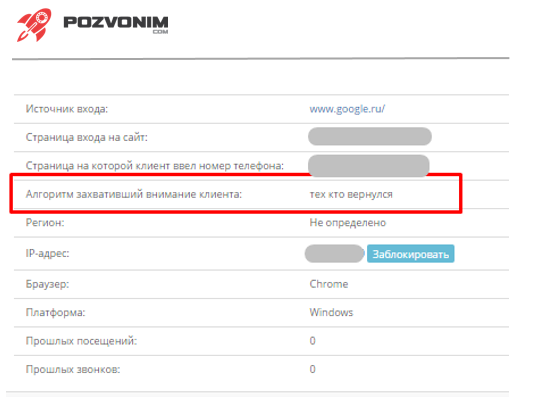
Do I need a luxurious pop-up
Pop-up window should be clear and concise. One glance should be enough to understand the essence of the proposal. There are a lot of controversies about the colors of pop-ups. Some believe that the floating window should be different in color from the background. Others say that because of this, there may be problems with usability. Callback services allow you to solve this problem quite simply: they offer a universal black background with white letters. What else is needed to attract attention? The transparency of the background can be adjusted.
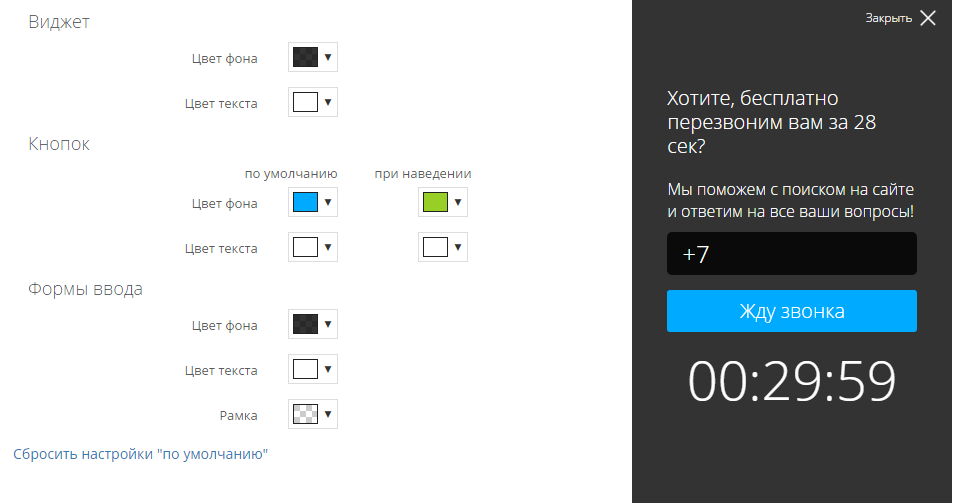
It is clear that the desire of companies not to bother visitors with this form of lead collection, therefore, some make the background almost transparent, which makes the appeal unnoticeable. And then the meaning of using pop-ups disappears. It is still better to think about the scenario of its appearance and the tempting text than to create some kind of incomprehensible graphic element.
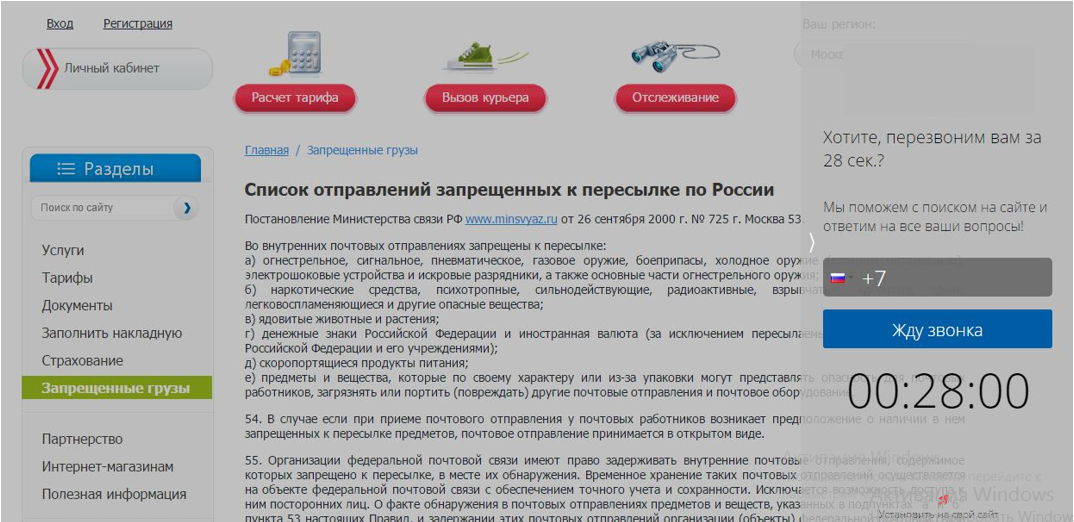
Despite the fact that the proposed recommendations are based on an analysis of the experience of our clients, your case may be unique. Test, measure effectiveness. Moreover, all the proposed tools allow you to quickly change the tactics of working with clients.
Source: https://habr.com/ru/post/300770/
All Articles